
Animals of our forests
Deer
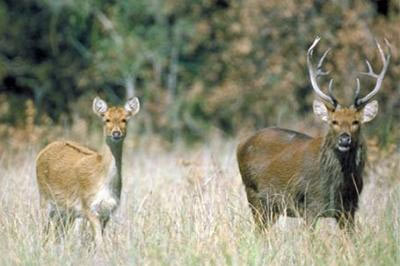
In Poland, it occurs in all major forest complexes. The rut (rut) is due in the second half of September. Pregnancy lasts 231-238 days. Hens usually produce one calf in a year. Deer antler (wreath) consists of two branches with branches (branches).
Red Fox
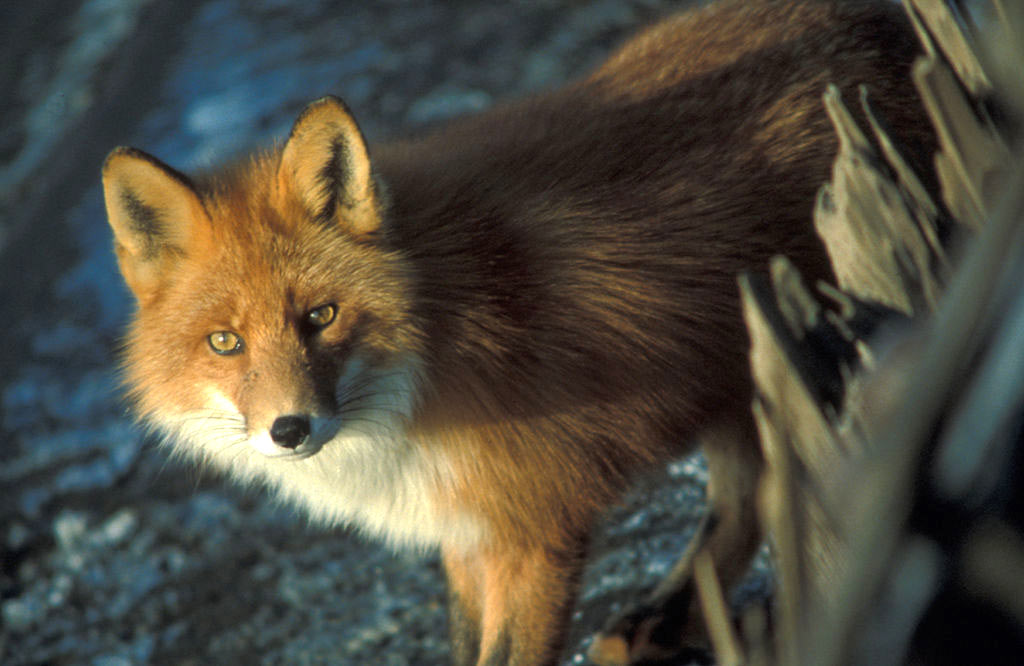
Active after dusk and night, but these behaviors may vary depending on the situation. The speed can reach 40 km/h. The tall grass jumps up to look around. She lives alone or in pairs, lifelong or just for reproduction.
Great Woodpecker
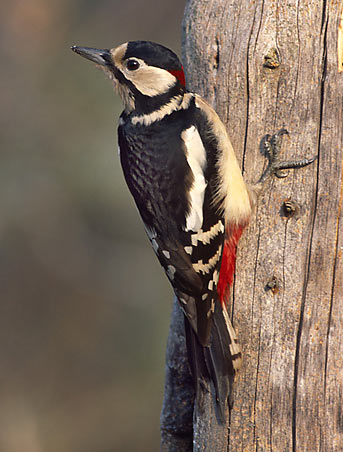
Our most common and versatile woodpecker in every stand. In the winter its main food is pine seed. To extract them pulls the cones that plug into the crevice of a tree trunk. It does so consistently in the same places we call "forges".
European wild boar
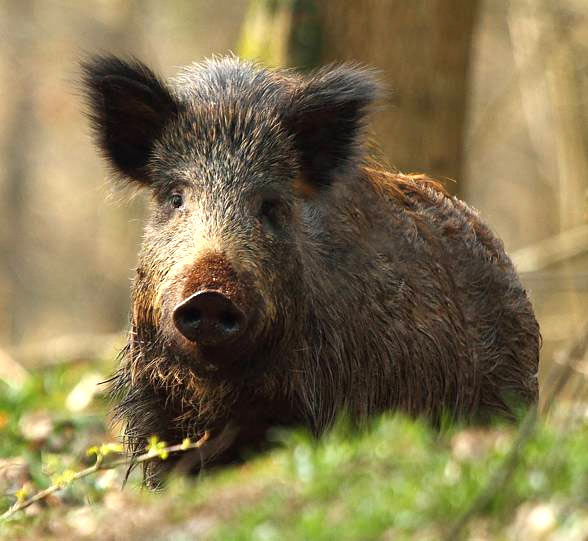
It occupies all types of forests, but mostly mixed forests. The woodlands rich in wetlands and marshes are particularly suited to it. Will prefer larger forest complexes. In many parts of the country, wild boars use arable land near the forest as a rich food base for much of the year. At night they penetrate the fields for food and during the day they are in forest shores.
Hawfinch
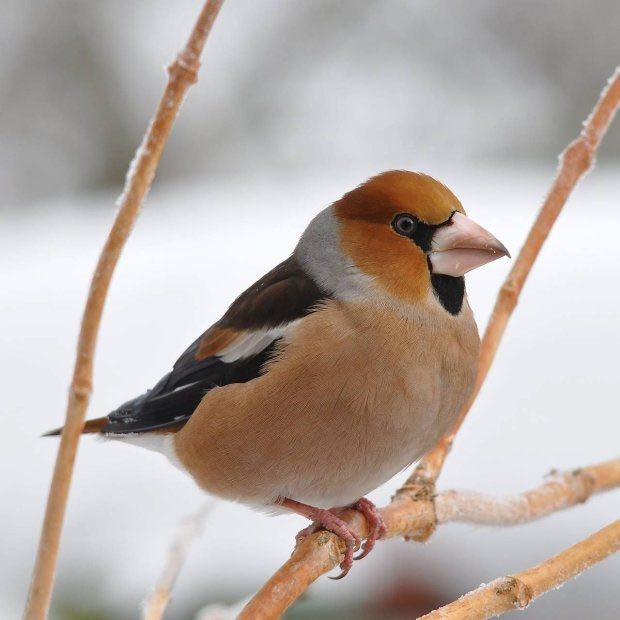
Endowed with an exceptionally strong beak, she is capable of chopping the seeds of fruit that crushes her beak. At the breeding season is a forest bird in the crown of trees, where it is difficult to see it, and in autumn and winter it appears in flocks in more open areas, often feeding on the ground.
European Rooster
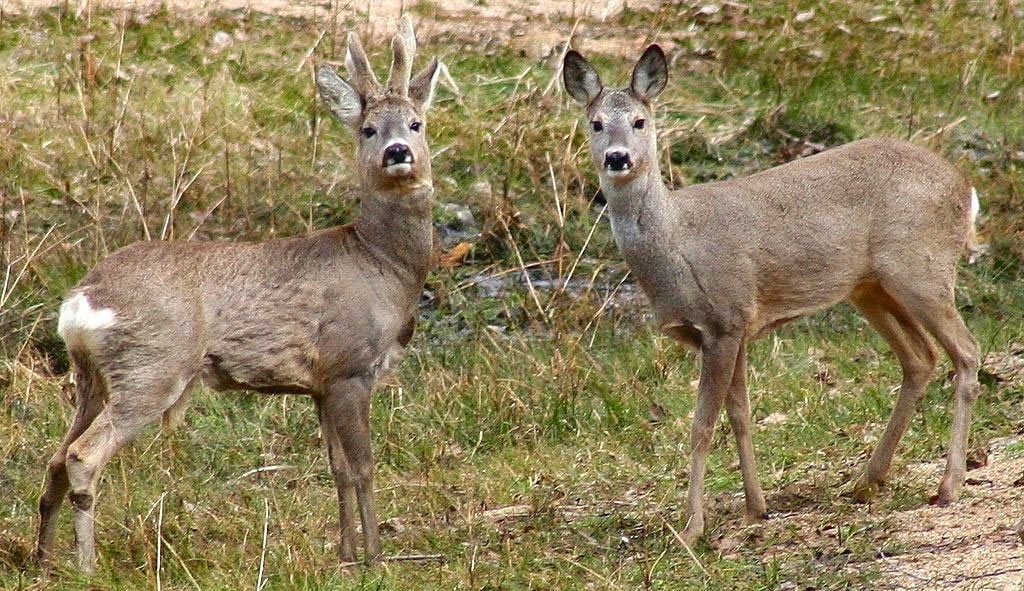
The winter is gray-brown. There is a circular bright spot on the hindquarters, about 15 cm in diameter. This is the so-called. The mirror, in the summer poorly marked, but in the winter, very clear, with a pure white tint.
Daniel
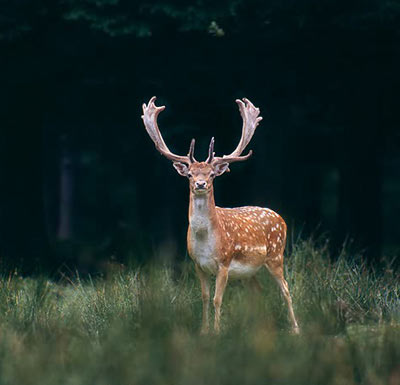
In winter, the coloration of the back of the body changes to gray, without stains (so called winter coat). Other variants of robes are melanistic (dark gray) and leucystic (almost white) forms, which are often confused with albinism. As with other deer representatives, the male has an antler that is discarded (usually in May), and in his place grows new, at a younger age, larger in older individuals often weaker. They are more broad, shoveled, and at the same time smaller than the deer.
European badger
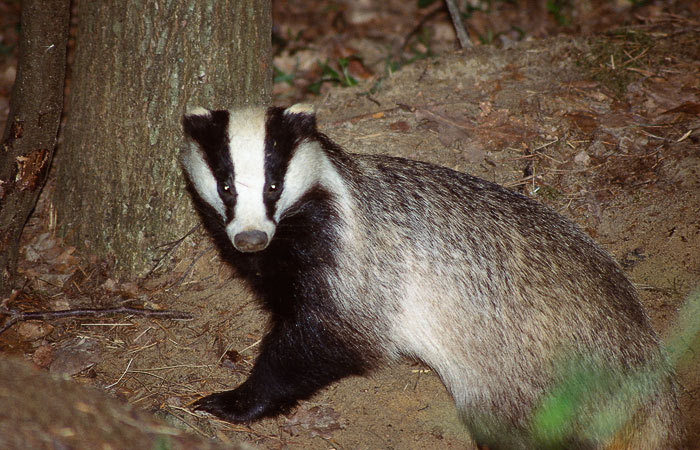
It is an animal that spends most of its life in a burrow. These cows are quite complex: they have several winding corridors, whose exits are quite far apart so that the badger can always leave the shelter safely. In the dug keeps the order, all the impurities cleans and removes the outside. Physiological needs are done in small wells.